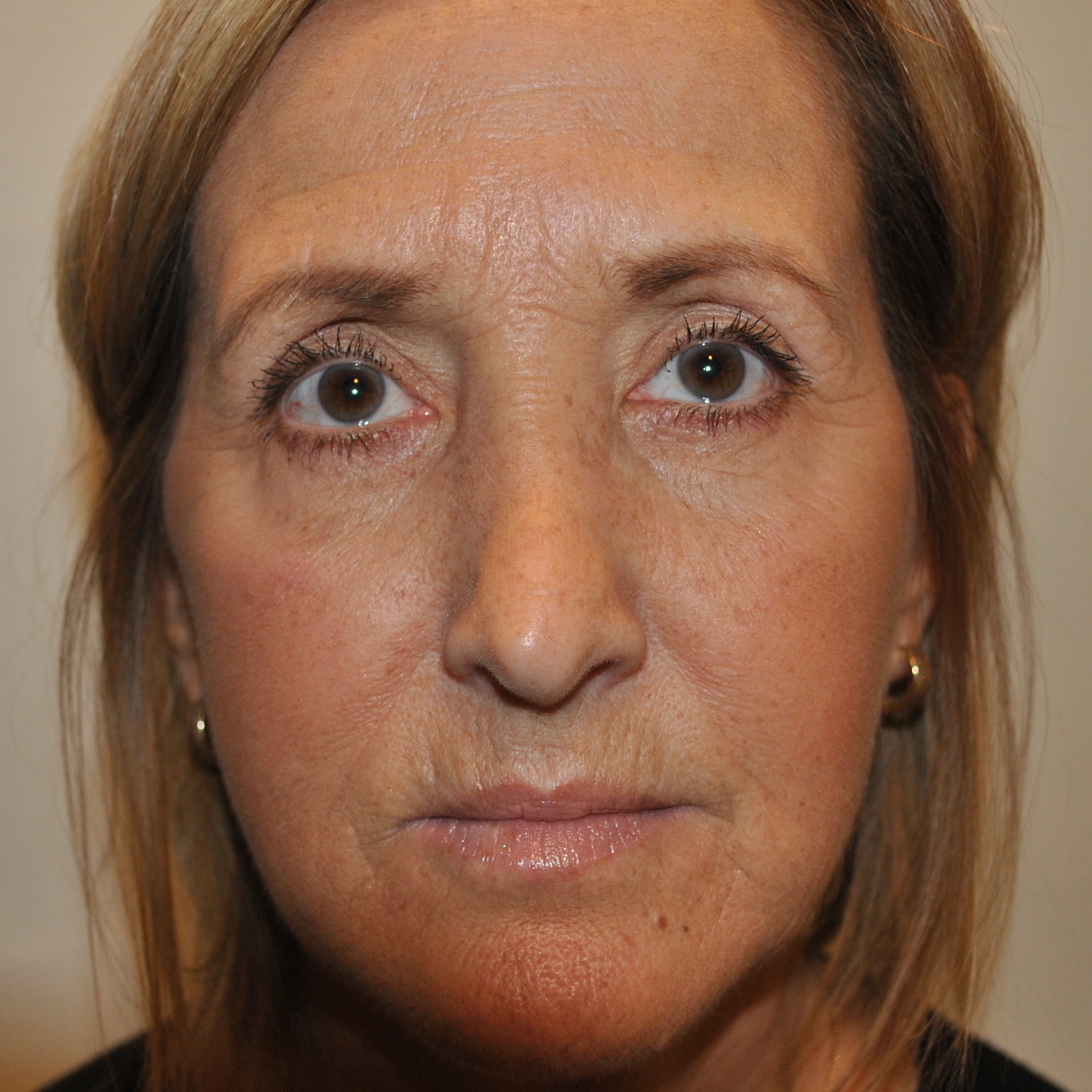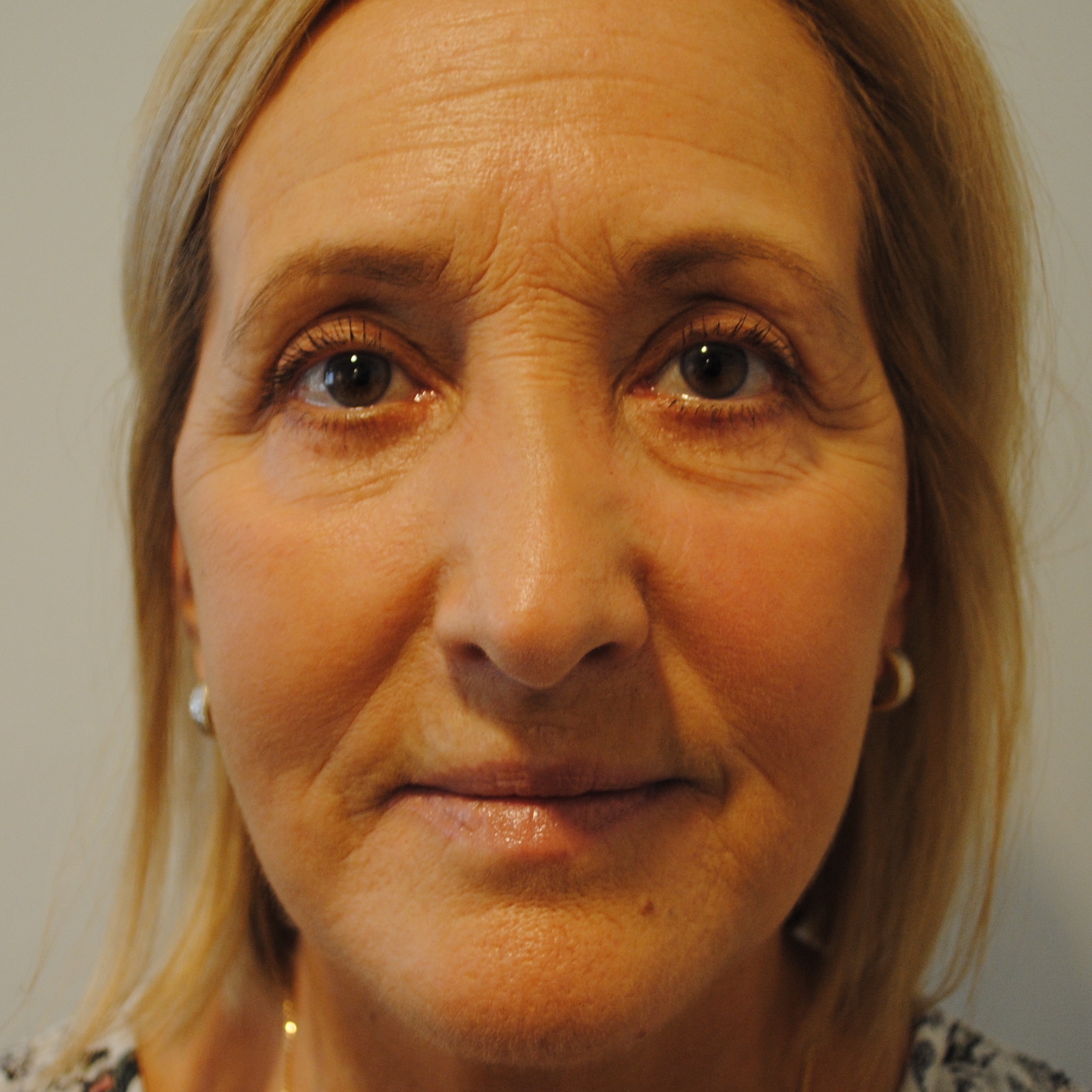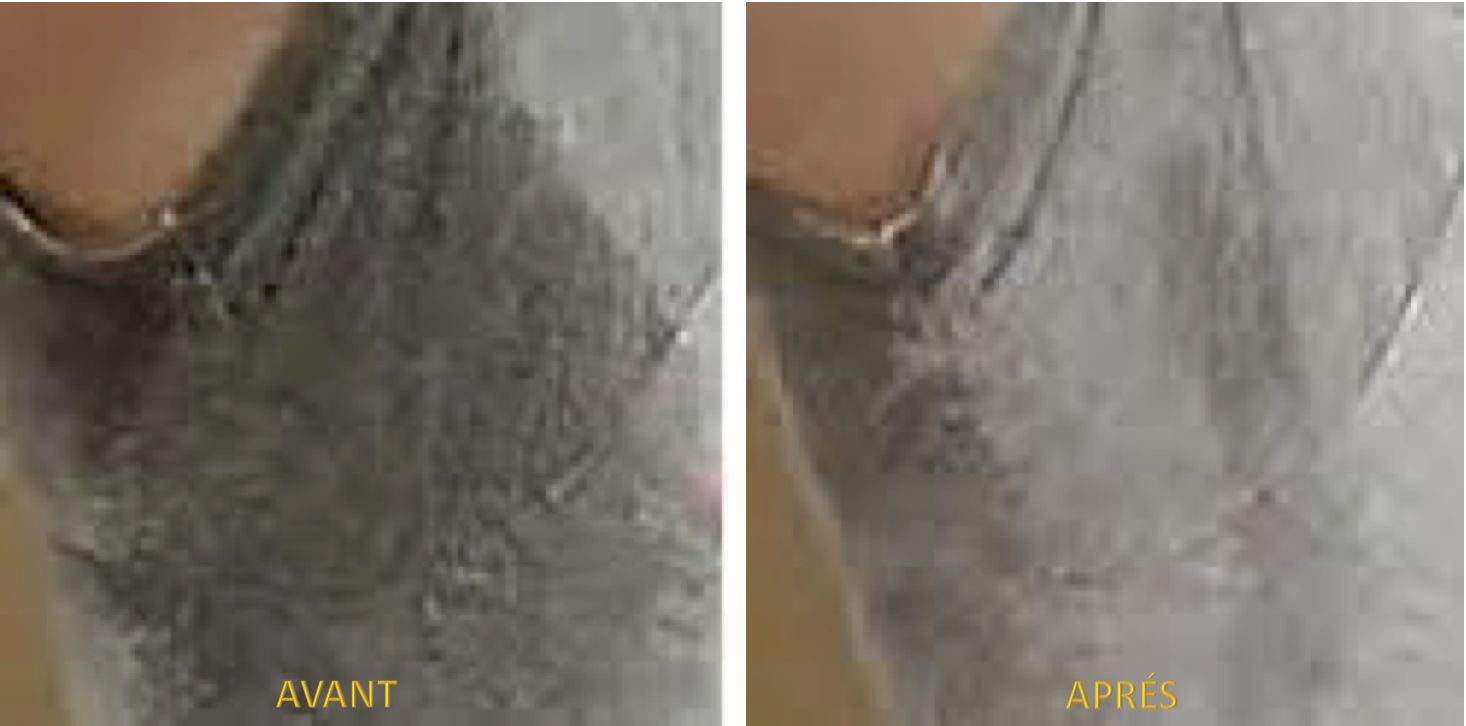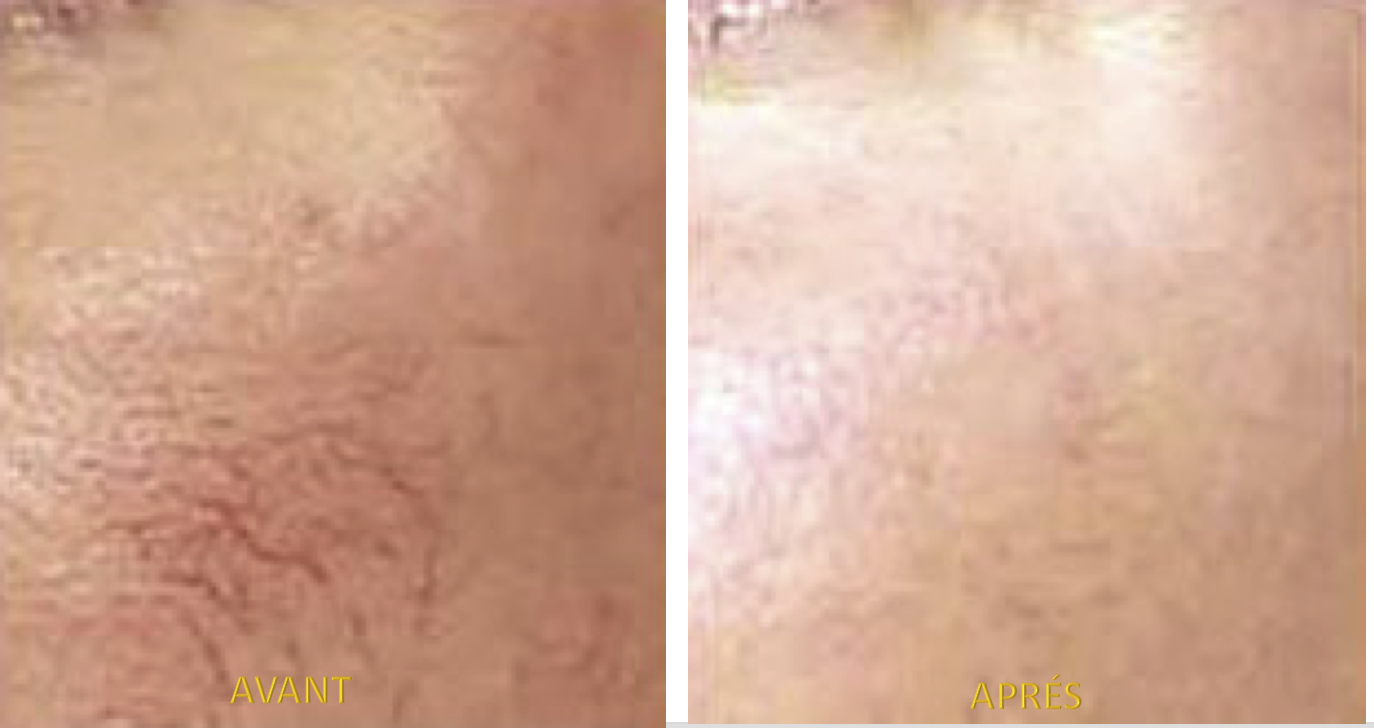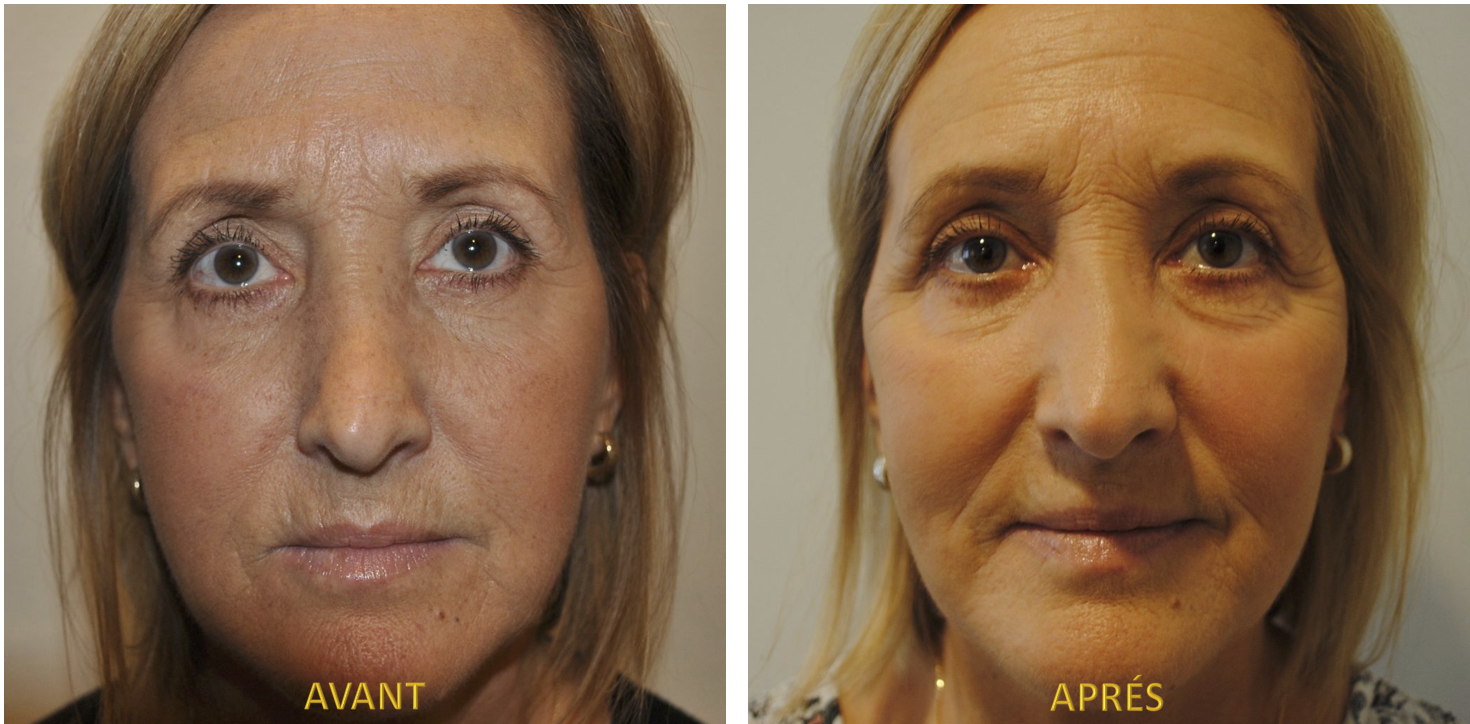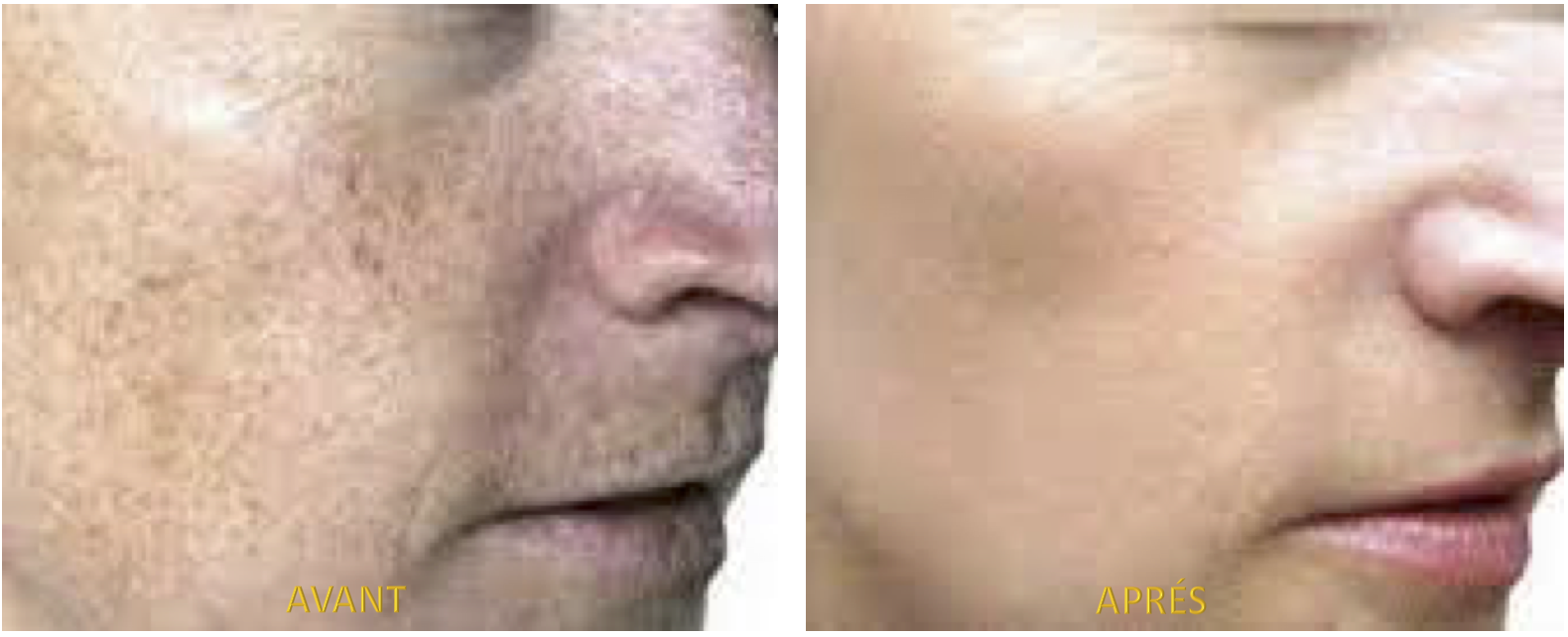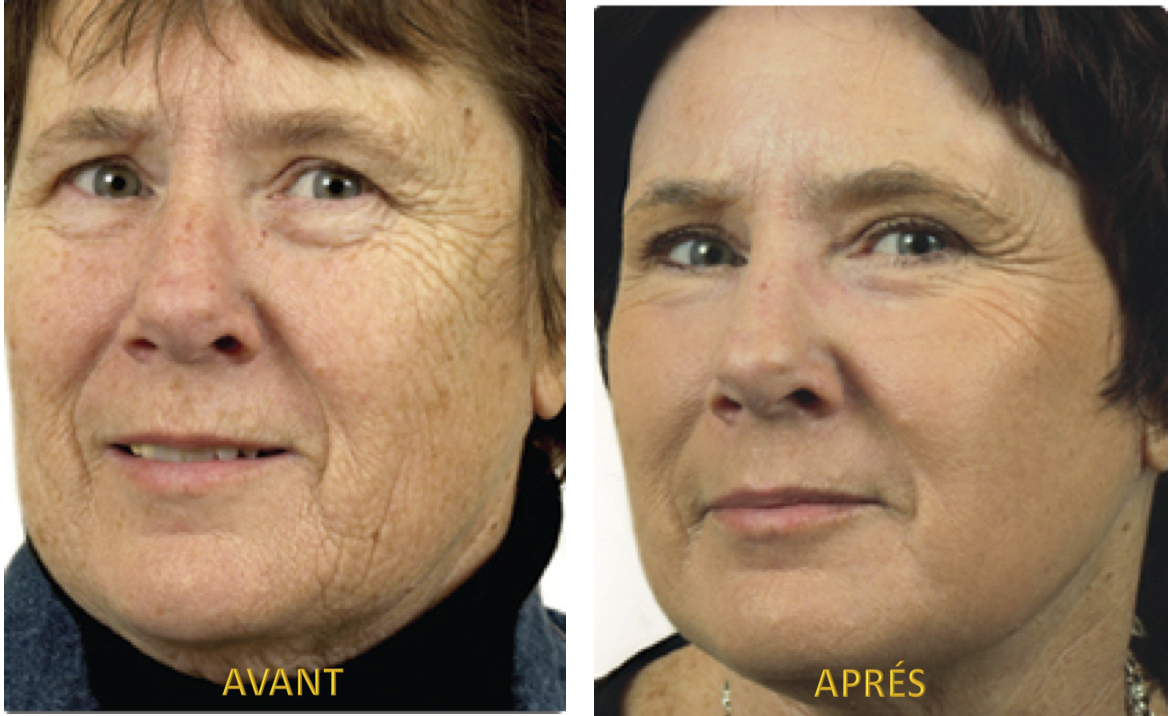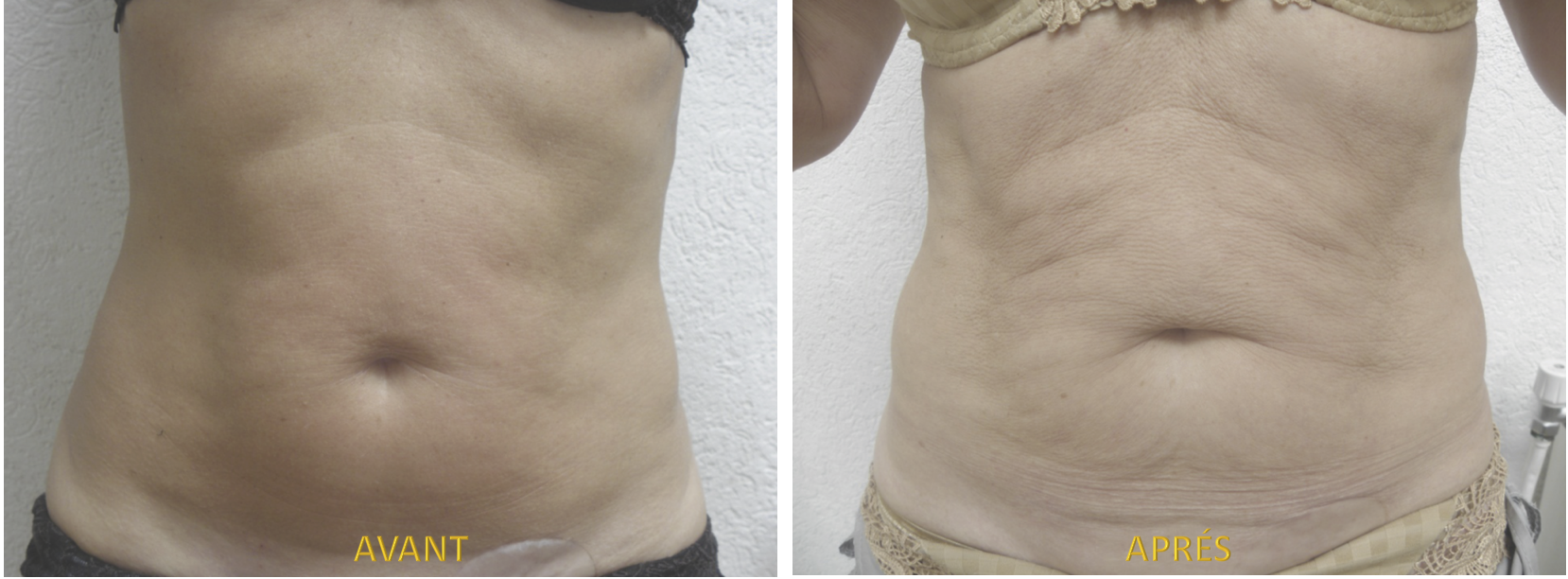CHEMICAL PEELS

What is a chemical peel?
Chemical peels use a mixture of acids in order to cause the blistering and peeling of a layer of skin such that new, healthy skin may replace it (skin rejuvenation). Peels can be used to treat a variety of problems, including wrinkles, sun spots, pigmentation, acne, acne scars, and fine lines (sagging). They are most commonly applied to the face, neck, and hands.
Contenu [ MONTRER / CACHER ]
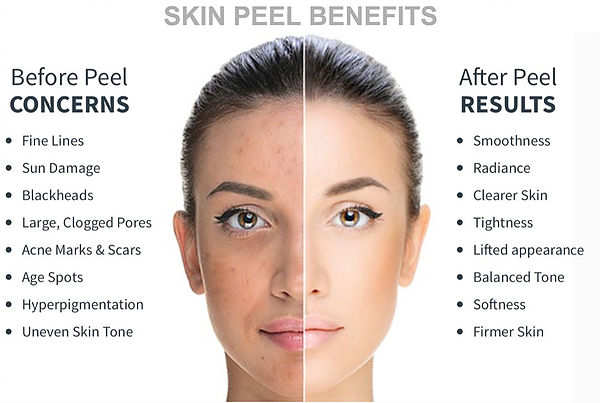
How do chemical peels work?
Chemical peels act in the same way sunburns do. They cause the skin to blister and fall off. In the same way there are different types of burns that affect different depths of skin, there are different types of peels that cause different depths of the skin and its layers to peel off. Once a layer of skin has fallen off, it will be replaced with a new one. This virgin skin will be less blemished and smoother compared to the older layer. Depending on the severity of the imperfection (sagging, pigmentation – uneven skin tone, pores, fine linens), a different strength of chemical peel can be used.
The mildest types of peels are called light chemical peels. They are composed of glycolic acid. They can be used on any skin type and for milder skin imperfections such as dryness, and fine lines. They will only cause the peeling of the outermost layer of skin, known as the epidermis. Recovery time after this type of peel is short. You will be able to immediately return to your daily activities. Medium chemical peels are of intermediate strength. They are composed of trichloroacetic acid. They are used for deeper wrinkles (sagging), pores, uneven tone and deeper scars such as acne scars. This stronger type of peel will cause the peeling of the epidermis, as well as the outer layer of the dermis, which is the layer underlying the epidermis. Deep chemical peels are the strongest type of chemical peel. They are composed of phenol. They are used to treat much more severe skin problems. This type of peel will cause the peeling of your epidermis down to the deeper layers of the dermis. Because the treatment is much harsher, you will need to follow a pre-treatment regimen for 8 weeks in order to prep your skin and maximise its healing abilities. Your doctor will give you a prescription for Retin-
- Your doctor will determine which type of peel is better suited for the imperfections you wish to treat. Depending on the type of peel your doctor will use, the time needed for your skin to recover may vary from a week to a month.
What can I expect during the procedure?
There may be variation in the procedure depending on the type of peel used. For a light chemical peel, the acid solution will be applied to your skin without the prior use of anesthetic. You may feel a stinging and discomfort during the session, but this will be very tolerable and not too severe. Medium chemical peels will last anywhere from 30 minutes to about an hour. Your doctor may give you a painkiller and oral sedative prior to beginning the session, as the stinging will be more significant. For deeper peels, you will need a local anesthetic as well as sedative. Although the length of the procedure will vary depending on the strength of the peel, there will also be variation depending on the concentration of the acid in the solution used. Your doctor will give you the necessary information such that you may be able to plan your day and session accordingly. Once it is time to stop the treatment, your doctor will apply a solution to neutralise the acid, and may apply some bandages.
After a chemical peel, your skin will be very sensitive to the sun. You will need to minimise sun exposure and use broad-spectrum sunscreen of at least 30 SPF.
Do chemical peels cause any side effects?
Chemical peels may cause scarring, reactivation of cold sores, and some discolouration. Chemical peels are ideal for individuals with lighter skin, and lighter coloured hair. Individuals with darker skin may experience more discolouration after their treatment. As with any cosmetic procedure, there is a risk of infection, however it is small.
How long will results lasts?
Depending on how well you take care of your skin, as well as on the type of peel. The deeper the peel used, the longer the results will last. Results from light peels may last a few weeks, while results from deep peels may last for over a year. In order to maintain results, you may be able to schedule maintenance sessions with your doctor. Your doctor will specify at which interval these can be performed.
Are chemical peels for everyone?
Chemical peels are for most skin types, although they are ideal for those with fair skin and light hair. If you are a smoker, you will need to stop smoking for several days both before and after your session. You will need to disclose which medications you are taking, as you may need to stop taking them for a few weeks before your procedure. If you have significant scarring, your doctor may offer you alternative treatments, as chemical peels may not be suitable for you. If you have had significant skin cancers, such as melanoma, you will not be able to have a chemical peel. Based on your medical history, your doctor will be able to specify any other conditions you may have that could be contraindications to chemical peels, and may offer alternative treatments.
Disclaimer: Those pictures represent real patients treated by Dr G. Doumit. However, Patients results undergoing cosmetic treatment can vary from one to the other depending on multiple factors.
What are the cost of Chemical Peel ?
The cost of Chemical Peel is 1000$ for a single zone (ex: peri oral), and 2500$ for full face.

